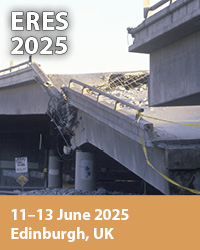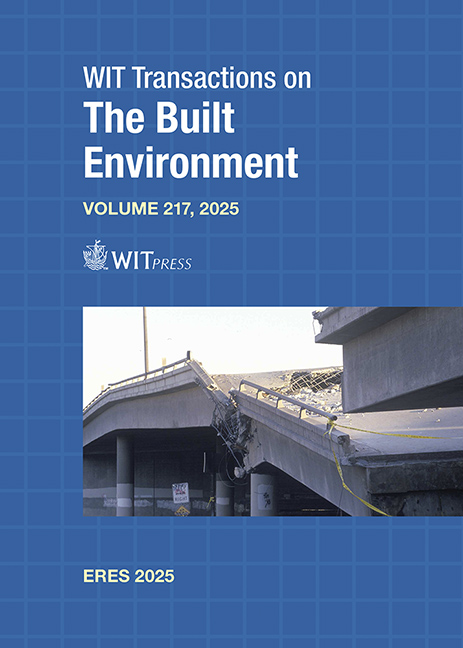A PROBABILISTIC FRAMEWORK FOR ESTIMATING LANDSLIDE PROBABILITY USING MAJOR TRIGGERING FACTORS
Price
Free (open access)
Transaction
Volume
217
Pages
15
Page Range
3 - 17
Published
2025
Paper DOI
10.2495/ERES250011
Copyright
Author(s)
MOHAMMAD RAHAL, SHAZA SOLEIMAN, BASSAM HUSSEIN
Abstract
Landslide probability estimation is crucial for risk assessment and mitigation, yet existing approaches often fail to effectively quantify the combined influence of multiple triggering factors. This study introduces a novel probabilistic methodology that explicitly incorporates three primary landslide triggers: heavy rainfall, significant earthquakes and severe human activity. The proposed framework calculates landslide probability by integrating conditional probability theory with dependency coefficients that capture trigger interactions. Unlike conventional models that assume independence among triggers, this approach accounts for both interdependent and counteracting interactions, leading to a more realistic assessment of landslide likelihood. The methodology employs Poisson-distributed event probabilities to estimate the annual occurrence of each trigger, while historical landslide records are used to derive conditional probabilities of failure. Additionally, a buffer-based approach is introduced to estimate landslide spatial impact on the total study area. This comprehensive methodology enhances predictive accuracy by integrating empirical observations, statistical probability models, and expert reasoning where necessary. The proposed framework provides geotechnical engineers and decision-makers with a systematic tool for landslide risk assessment and hazard mitigation.
Keywords
landslide probability, rainfall, earthquake, human activity, risk estimation, Poisson distribution





